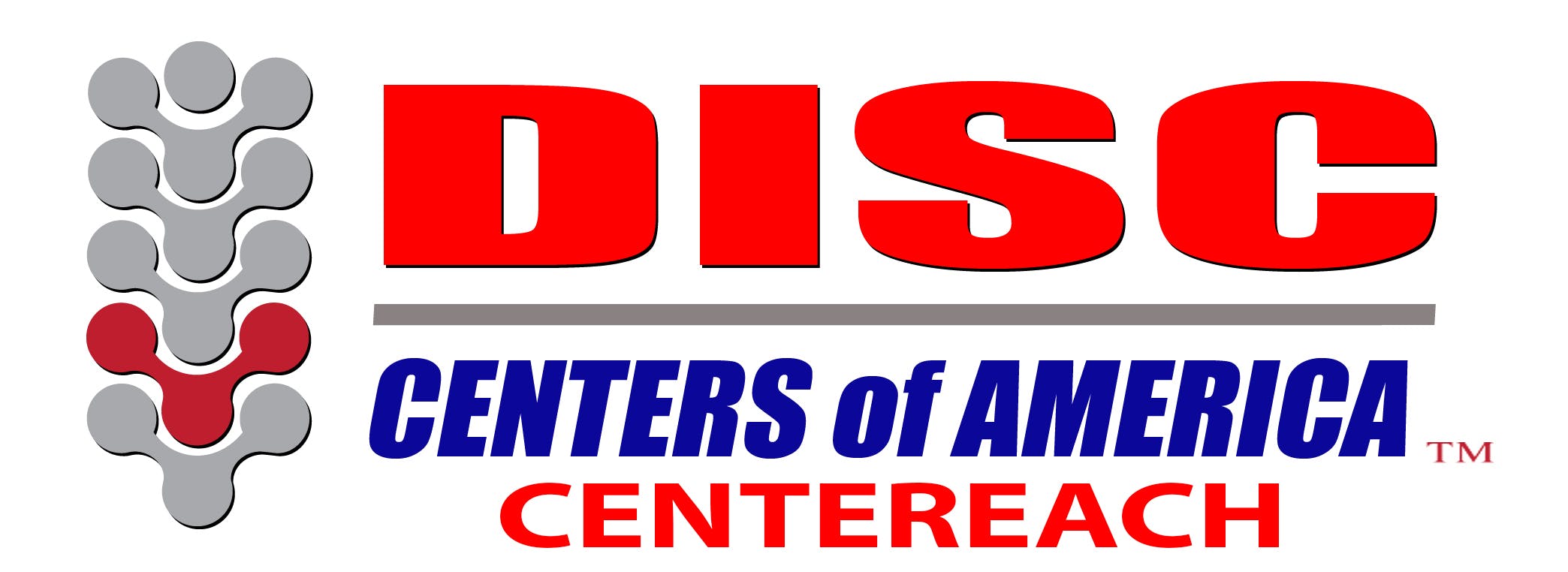-

The hip is where the thigh bone (femur) meets the pelvis to form a ball and socket joint. It is made up of two main parts:
- Femoral Head – ball portion of the joint at the top of the femur (thigh bone).
- Acetabulum – the socket in your pelvis into which the femoral head fits.
The outer edge of the acetabulum is rimmed with a strong, flexible cartilaginous structure, called the hip labrum which deepens the socket, provides a suction seal to hold the head of the femur in place and helps the femoral head move smoothly within the socket.
Bursae (fluid-filled sacs) provide cushioning to reduce friction between muscles, tendons and bones.
Ligaments connect the ball to the socket, stabilizing the hip and forming the joint capsule. The synovium (a thin membrane) lines the space within the joint (joint cavity) and produces a viscous fluid that lubricates the joint and provides nutrients to the joint and cartilage. Large muscles surround the hip and support the joint, as well as enabling joint movement.
The main muscles that surround the hip are:
- Gluteal Muscles – a group of three muscles (gluteus maximus, gluteus medius and gluteus minimus) located on the back of the hip, which make up the buttocks.
- Adductor Muscles – a group of muscles (adductor brevis, adductor longus, adductor magnus, pectineus, and gracilis) located on the inner thigh mainly used to pull the thighs together (called adduction).
- Abductor Muscles – include the gluteus medius, gluteus minimus, and tensor fasciae latae (TFL). These move the leg away from the body and help rotate the leg at the hip joint.
- Iliopsoas Muscle – a large muscle composed of three joined muscles: joined psoas major, psoas minor and the iliacus muscles. This muscle extends from the lower back to upper femur. The iliopsoas muscle flex the hip and stabilize the hip and lower back during such activities as walking, running and getting up out of a chair.
- Quadriceps Femoris (quadriceps extensor, quadriceps or quads) – a large muscle group of four muscles located on the front of the thigh that run from the hip to the knee. These muscles extend the knee, help keep the kneecap in its groove at the end of the thigh bone and assist in hip flexion. Quadriceps femoris means four-headed femoral muscle.
- Hamstrings – muscles on the back of the thigh that run from the hip to just below the knee. They are responsible for hip and knee movements in walking, squatting, bending the knees, and tilting the pelvis.
-

When an injury or arthritis cause damage to the hip that is too severe to be controlled by conservative treatments and too severe for a hip arthroscopy, your doctor may recommend hip replacement surgery.
Common conditions that lead to hip replacement surgery include:
- Osteoarthritis
- Rheumatoid Arthritis
- Osteonecrosis (also known as Avascular Necrosis)
- Injury
- Fracture
- Bone Tumors
There are two types of hip replacement:
- Total Hip Replacement (total hip arthroplasty or THR) – a surgical procedure in which the entire hip joint – both ball portion and socket are replaced with an artificial joint (implant / prosthesis) when pain and mobility issues are no longer able to be controlled with more conservative treatments.
- Hemi Replacement (hemiarthroplasty) – only the ball portion of the hip is replaced. The socket is left intact. Hemi means half, and arthroplasty means joint replacement. This is commonly performed to treat a fractured hip.
There are two approaches in performing a total hip replacement:
- Posterior Approach – the most common hip replacement approach. It involves a ten to twelve inch long incision at the back of the hip through the gluteus maximus close to the buttocks through which the damaged portion of the hip is removed and prosthesis is placed.
- Anterior Approach – performed on only 15-20 percent of hip replacement surgeries. It involves a four to five inch long incision through the front of the hip through which the damaged portion of the hip is removed and prosthesis is placed. Because there is less muscle in the front of the hip, the surgeon can work through the muscle fibers without cutting into them.
-

If the damage is not severe enough to warrant a hip replacement but too severe to be controlled with less invasive treatments, a hip preservation surgery (hip arthroscopy) may be recommended. One of the most common reason for hip arthroscopy is extra bone formation on the ball portion and/or socket portion of the hip, which can cause damage to the hip labrum.
A hip arthroscopy involves inserting a camera (arthroscope) into the hip joint through a small incision to identify the problem(s). Then, other surgical instruments are inserted through separate small incisions to correct what is found including the removal of extrabone formation, loose bodies, inflamed tissue or damaged cartilage or to repair a torn hip labrum.
A hip arthroscopy is far less invasive than a hip replacement and patients typically recover much quicker than from a hip replacement.
Physical Therapy for Hip Surgery Patients
Anytime surgery is performed on the hip, physical therapy is needed as part of the recovery process to prevent you from ending up with the same problems as you had before surgery. Because you most likely have not been moving normally for a long time before surgery, you most likely will have weakness surrounding the joint. Physical therapy can help you regain normal muscle strength and improve your gait following surgery. We’ll also work with you on how to avoid damaging your new hip implant and design an exercise program for you that will help you recuperate and get stronger, so you can get back to the activities you love most.

